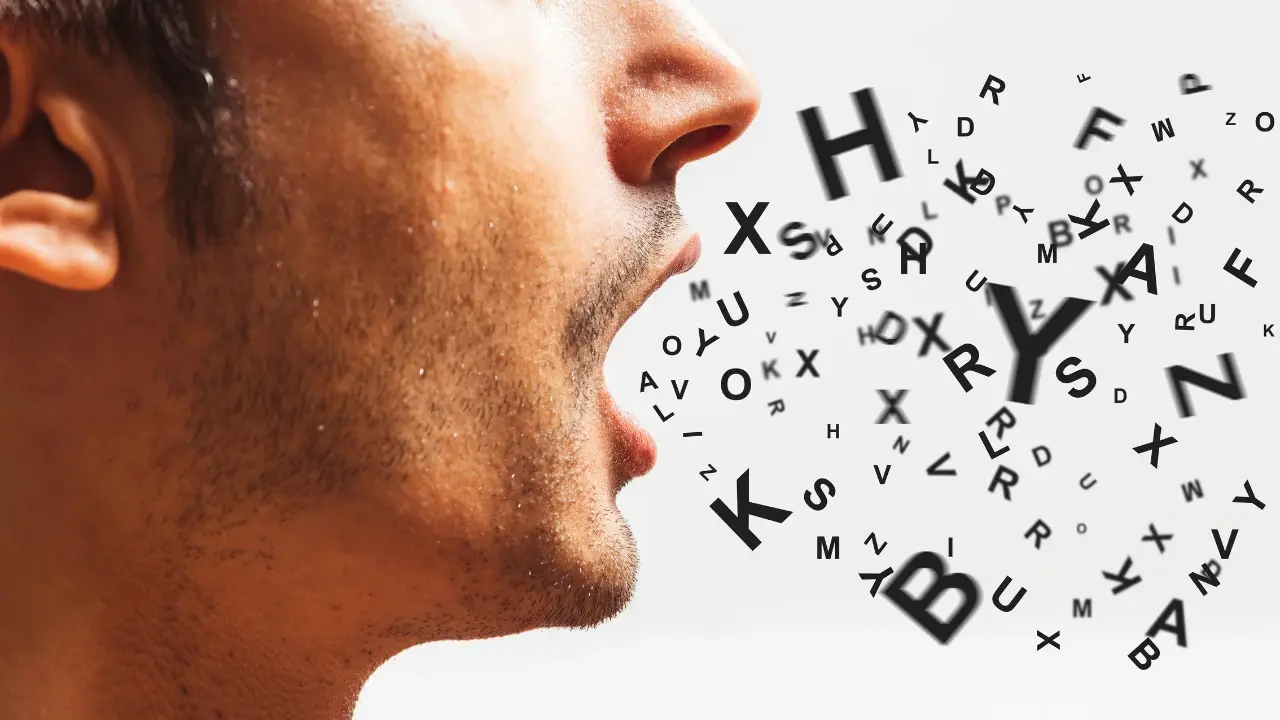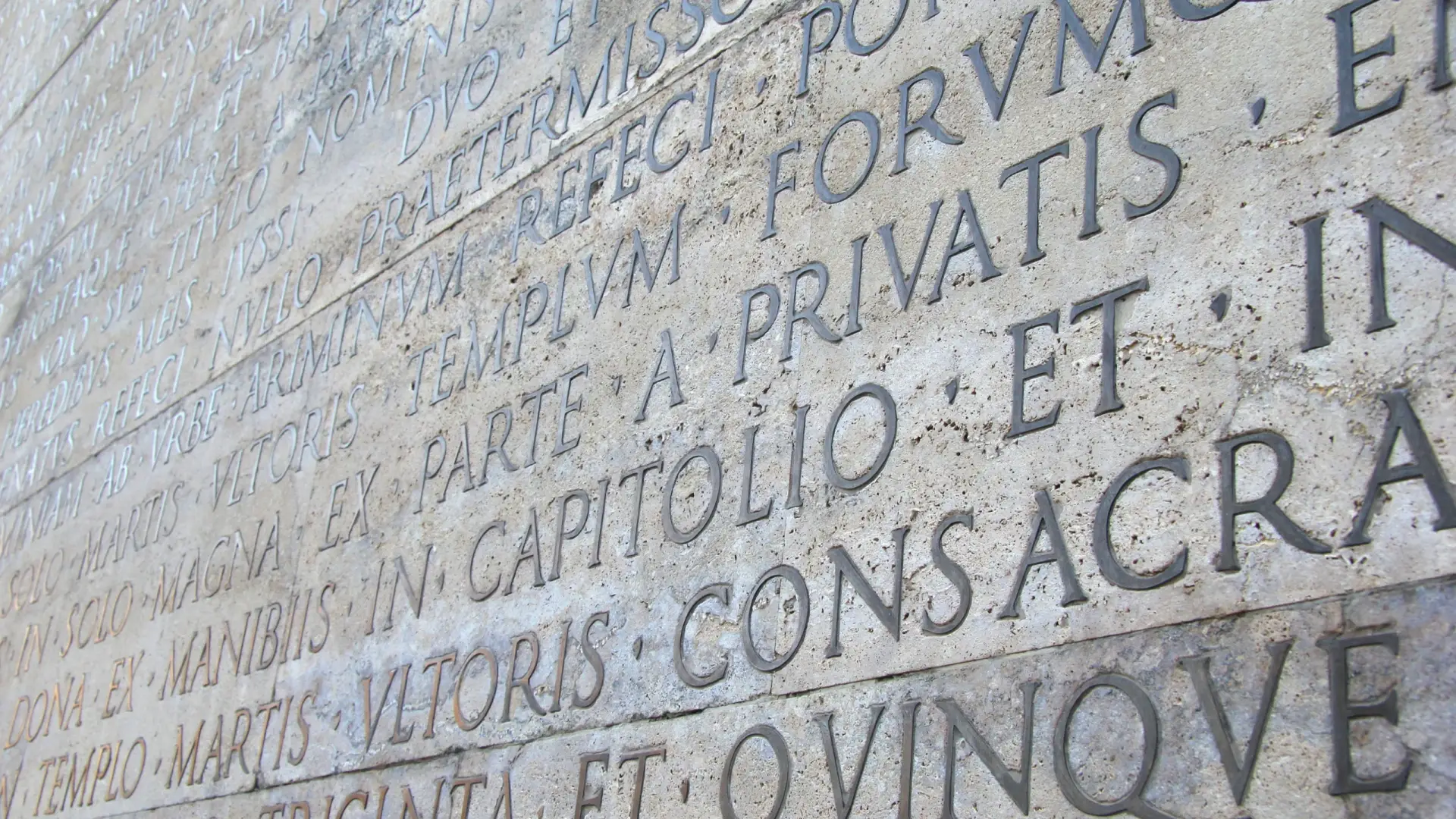Benvenuto lettore! Do you hope to speak Italian like a native one day? Are you afraid that the way you pronounce words in Italian may prevent others from understanding you? Are you too shy of making any mistake and, perhaps, deep down, is there a bit of fear of being laughed at? Do not worry; you are not alone. When anyone approaches the study of a foreign language, it will be normal for him/her to feel this way. It’s simply natural and common to all of us.
This applies to the study of Italian too. But here’s the trick: Italian is pronounced exactly as it is written and it also follows some consistent patterns! Therefore, once you get the gist of it, it’s basically job done. And this Italian pronunciation guide is here to help you to achieve that.
This short blog will cover the key sounds and some common challenges which a student of Italian will encounter. As you read through this guide, try pronouncing each example out loud to get your mouth used to these new sounds!
Why Italian Pronunciation Is Easier Than You Think
In contrast with English, Italian is a phonetic language – that is, sounds are pronounced exactly as they are written. For instance, take the sound ‘qua’ in ‘acqua’ (water) and ‘quadro’ (painting). In both words, this sound is pronounced exactly in the same way. In English, instead, the sound ‘ough’ can have up to seven different pronunciations! This shows another typical feature of Italian phonetics: vowel sounds are much more consistent than in English.
So why is pronunciation important? First of all, some native speakers may not immediately grasp what you are trying to say if some words are mispronounced. However, Italians have a ‘high tolerance’ for mispronunciation; that said, every effort one makes in trying to saying a word correctly will obviously be well appreciated! This will also help you in case your grammar is not perfect; as long as you sound proper and your listeners get the gist of your speech, that’s job done!
The Italian Alphabet – Letters and Sounds
Here’s something that might surprise you: the Italian alphabet has only 21 letters! Yes, you read that correctly. We have 5 vowels and 16 consonants, but letters like ‘J’, ‘K’, ‘X’, ‘Y’ and ‘W’ aren’t actually part of our alphabet. You’ll only see them when we’ve borrowed words from other languages, like ‘xilofono’ or ‘yogurt’.
Now, here’s a secret I always share with my students about how to pronounce Italian vowels correctly: open your mouth! I know it sounds simple, but English speakers tend to keep their mouths quite closed when speaking. In Italian, we need to open up and let those vowel sounds flow freely.
Let me break down each vowel sound for you, with examples you can practise:
- A = “ah” as in amore (love)
- E = “eh” as in perché (why/because)
- I = “ee” as in vino (wine)
- O = “oh” as in molto (much/very)
- U = “oo” as in luna (moon)
The consonants are mostly straightforward, but ‘C’ and ‘G’ can be a bit tricky because they change their sound depending on what vowel follows them. Don’t worry though, there’s a pattern to it!
When ‘C’ and ‘G’ come before ‘A’, ‘O’ or ‘U’, they sound hard – like ‘K’ and the hard ‘G’ you know from English. Examples: gatto (cat); cane (dog); cuore (heart)
When ‘C’ and ‘G’ come before ‘E’ or ‘I’, they become soft – the ‘C’ sounds like ‘ch’ in ‘cheese’ and the ‘G’ sounds like ‘j’ in ‘jelly’. Examples: gelato (ice cream); ciao (hello/goodbye); cena (dinner)
Oh, and here’s where the letter ‘H’ becomes important! Even though we don’t pronounce it, when you see ‘CH’ or ‘GH’, they bring back that hard sound. Examples: chiostro (cloister); ghianda (acorn)
6 Common Pronunciation Challenges for English Speakers
After eight years of teaching Italian pronunciation, I’ve noticed that English speakers tend to struggle with the same sounds again and again. But here’s the thing – once you know what to expect, these sounds become much less intimidating!
1. Rolled R
Ah, the famous rolled R! I can’t tell you how many students have come to me convinced they’ll never master this sound. But here’s what I’ve learned from my years teaching: not every Italian word needs a rolled R, and even if yours isn’t perfect, Italians will absolutely understand you.
The rolled R happens when you place your tongue lightly against the roof of your mouth, just behind your front teeth, and let air make it vibrate. Think of it like a cat purring. If you’re struggling, try starting with ‘dr’ or ‘tr’ sounds and work your way up to the roll.
Practice with these words: Roma, arrivare (to arrive), ferro (iron), birra (beer)
Here’s what not to do: don’t use your throat like you might in French or German. Keep that vibration right at the tip of your tongue. And remember, even some Italians from certain regions don’t roll their Rs perfectly!
2. GN (as in gnocchi)
This lovely sound appears in so many Italian words, and once you get it, you’ll feel like you’ve unlocked a secret of the language!
The ‘GN’ sounds like the ‘ny’ in ‘canyon’, but softer and more flowing. Press your tongue against the roof of your mouth and let the sound come through your nose. It’s important to think of this as one smooth sound, not ‘g’ followed by ‘n’.
Try these words: gnocchi, sogno (dream), bagno (bathroom), compagno (companion)
The mistake I see most often? Students trying to say the ‘g’ and ‘n’ separately. Let them blend together beautifully!
3. GLI
Now this is a sound that simply doesn’t exist in English, which is why it can feel so challenging at first. But don’t let that discourage you!
It’s a bit like the ‘lli’ in ‘million’, but your tongue needs to be positioned differently. Place your tongue flat against the roof of your mouth and push air around the sides. It’s what we call a lateral sound.
Practice these: famiglia (family), coniglio (rabbit), figlio (son), voglio (I want)
Whatever you do, don’t pronounce it like ‘glee’! There’s no hard ‘g’ sound at all.
4. CE / CI vs CHE / CHI
This distinction is absolutely crucial because it can completely change what you’re trying to say. I’ve had students accidentally order very different things in restaurants because of this!
CE and CI are soft sounds – like the ‘ch’ in ‘cheese’. So ‘cena’ (dinner) sounds like ‘cheh-na’ and ‘cibo’ (food) sounds like ‘chee-bo’.
CHE and CHI are hard sounds – like the ‘k’ in ‘key’. So ‘che’ (what/that) sounds like ‘keh’ and ‘chiave’ (key) sounds like ‘kee-ah-veh’.
More examples:
- Soft: facile (easy), bici (bike), dolce (sweet)
- Hard: perché (why/because), chi (who), macchina (car)
Trust me, getting this wrong can lead to some very confused conversations!
5. Double Consonants
In English, you might think double letters are just a spelling thing, but in Italian, they actually change the meaning of words! This is something I always emphasise with my students because it’s so important for being understood.
When you see double consonants, you need to hold that sound a bit longer, creating a small pause. The vowel before a double consonant is also shorter.
Listen to the difference: pala (shovel) versus palla (ball), or papa (pope) versus pappa (baby food). Can you hear how different they sound?
Practice with: pizza, nonno (grandfather), cappello (hat), bello (beautiful)
Don’t rush through those double consonants – that little pause is what makes the difference!
6. Word Stress
Getting the stress right will make you sound so much more natural! Most of the time, we stress the second-to-last syllable in Italian words.
So ‘italiano’ becomes i-ta-LIA-no, ‘famiglia’ becomes fa-MI-glia, and ‘parlare’ becomes par-LA-re.
When you see an accent mark, that tells you exactly where to put the stress: perché (per-CHEH), città (cit-TAH), università (u-ni-ver-si-TAH).
Here’s a tip I give all my students: listen to Italian music! Artists like Laura Pausini or Eros Ramazzotti can really help you hear the natural rhythm of our language. It’s like learning the melody before you sing the song.
Practice Makes Progress
Right, so you’ve got all this theory in your head – now what? Well, the best thing you can do is start speaking! I know it might feel a bit silly at first, but try recording yourself reading Italian words out loud. When I suggest this to my students, they often look at me like I’m mad, but honestly, it works wonders.
Listen back to your recordings and compare them to native speakers. You’ll start noticing things about your pronunciation that you never would have caught otherwise. Websites like Forvo.com are brilliant for this – you can hear how people from different Italian regions pronounce the same word.
YouTube is another fantastic resource. There are loads of pronunciation tutorials, and you can listen to real Italian conversations to get your ear tuned in.
But here’s the thing – and I tell this to all my students – whilst apps and videos are helpful, there’s nothing quite like having someone actually listen to you and tell you what needs work. I can spot the subtle differences that you might miss, and I can give you specific exercises for your particular challenges. It’s like having a coach for your pronunciation!
Remember, even my most advanced students are still perfecting their pronunciation. Every little mistake you make is actually progress, so don’t be hard on yourself. Celebrate those small victories!
Ready to Improve Your Pronunciation with a Native Tutor?
So, how are you feeling about your Italian pronunciation journey? I hope this guide has given you a good foundation, but I know that reading about these sounds is quite different from actually producing them correctly.
This is where I come in! Having grown up in the rolling hills of Tuscany, I know exactly where English speakers tend to struggle with Italian pronunciation. In our one-to-one lessons, I’ll listen carefully to how you speak and give you the specific feedback you need to sound more natural.
We’ll work through your particular challenges together, using visual cues and practice exercises that I’ve developed over my years of teaching. You’ll be surprised how quickly you can improve when someone’s there to guide you through it properly.
What I love about pronunciation work is seeing that moment when a student finally gets a sound they’ve been struggling with. Their whole face lights up! That’s the moment when Italian stops feeling foreign and starts feeling like something they can actually master.
If you’re ready to take your Italian pronunciation to the next level, have a look at my language courses or get in touch to book your first lesson. Together, we’ll help you speak Italian with the confidence and authenticity you’re looking for.
Buona fortuna with your pronunciation practice, and remember – every Italian was once a beginner too!



